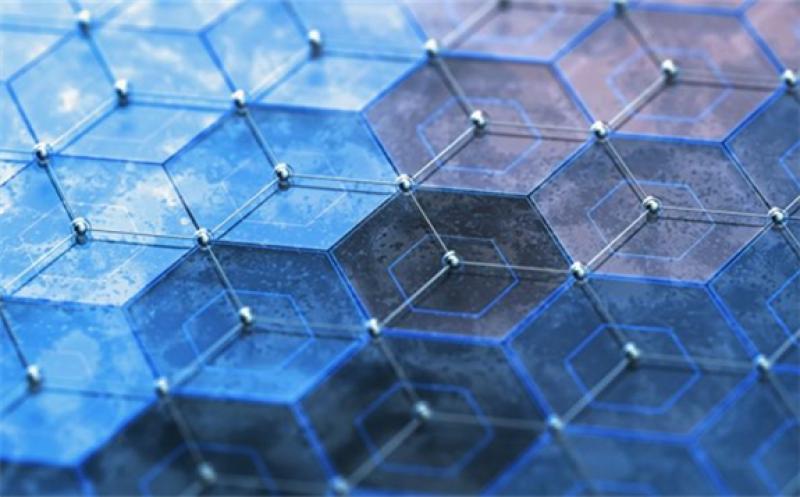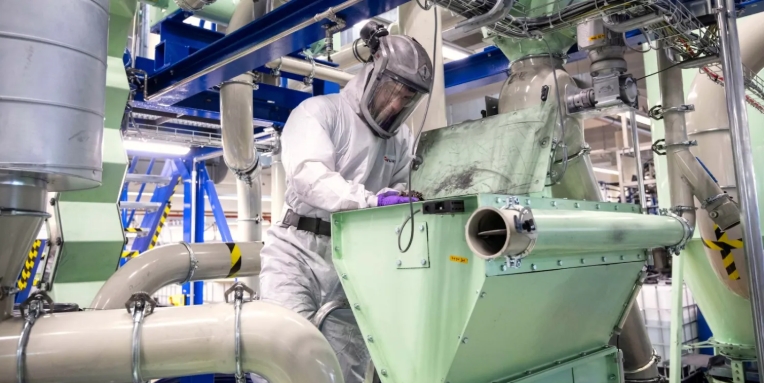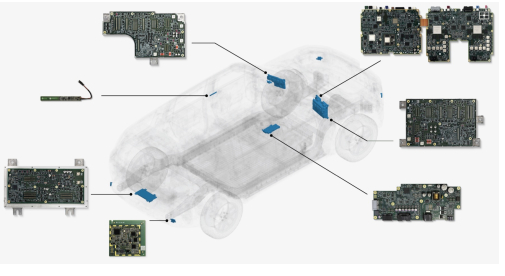Enel Green Power is taking part in the EU-backed GRAPES project to research new applications for a very versatile material called graphene which boosts the efficiency of solar cells.

The alliance between academic and industrial research is fundamental to accelerating the energy transition. This is why we are taking part in international projects focused on finding increasingly efficient technological solutions that will exploit renewable sources. One example is the Core 3 Spearhead Project Grapes, a European Union initiative that is part of the Graphene Flagship, a major project researching the use of graphene in which the EU is investing a billion euro.
Marina Foti, who is head of the project for Enel Green Power and has worked for many years at the 3SUN factory in Catania, was recently appointed to lead GRAPES, which stands for Graphene Integrated Perovskite Silicon Tandem Solar Cells.
Graphene, which comprises a single layer (monolayer) of carbon atoms, is a very versatile material with applications in a wide variety of fields such electronics, sensors, aeronautics and, of course, photovoltaics. The research group led by Foti is working specifically on using graphene, which has the same theoretical strength as a diamond and the flexibility of plastic, to integrate silicone and perovskite cells.
“Silicone cells have at a theoretical efficiency limit of 29 per cent and a practical one of 26-27 per cent,” says Foti, who trained as a physicist.
The technology required to exceed these limits is a tandem or multi-junction cell in which two cells are overlapped with each one converting a different part of the solar spectrum into energy. The silicone cell converts the red end of the light spectrum into energy while the perovskite absorbs the blue and green part, thereby boosting efficiency.
Benefits for the whole photovoltaic sector
Graphene can optimize performances and reduce costs: indeed, researchers are attempting to use it to replace all or part of the more expensive silver used in conductive adhesive. According to some studies, placing a layer of graphene between the silicone and perovskite cells may be the ideal way to produce a significant improvement in efficiency and reliability.
“The challenge is to take a quite unstable material to the industrial phase, while being aware that a panel has to maintain the same performance levels for 30 years”.
Marina Foti, head of the GRAPES project for Enel Green Power
The results will benefit the whole photovoltaic sector which, together with wind energy, has been the driving force behind the acceleration of the energy transition – the move to cutting fossil fuel-related carbon dioxide emissions – over the last decade.
According to the International Renewable Energy Agency (IRENA), the average cost of generating electricity over a photovoltaic system’s lifespan fell by 80% between 2010 and 2019, compared to 39% for wind power in the same period. This reduction has resulted in renewables becoming widely competitive in terms of cost or sometimes actually more economical than fossil fuels. Constant innovation can boost efficiency still further with huge benefits for the environment.
However, this is not just a technological issue. The challenge is finding a permanent link between the academic partners and businesses working on this and other projects. And it’s also to value interdisciplinary and multicultural approaches because the impetus for finding new solutions can come from very different experiences and ways of thinking. Our Group has made great progress in this area – diversity – as Foti confirmed: “Our Global Diversity Policy is looking at a series of practical initiatives focused on promoting equal opportunities and diversity.”







